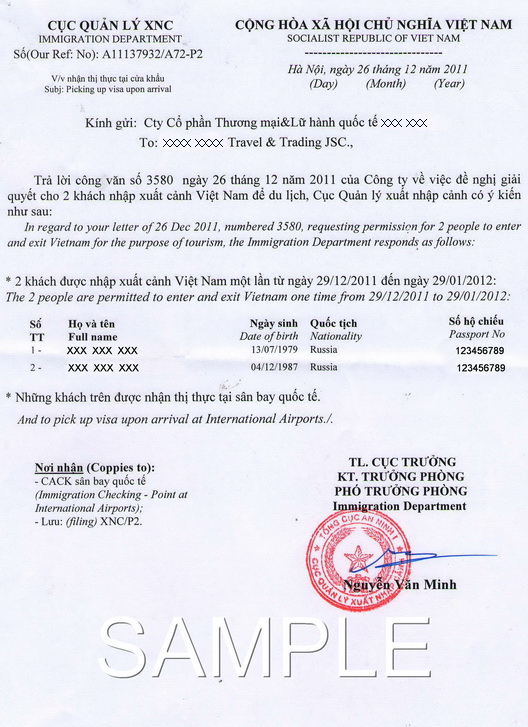Archimedes' Principle Experiment Essay - 885 Words.
Archimedes' principle states that the upward buoyant force that is exerted on a body immersed in a fluid, whether fully or partially submerged, is equal to the weight of the fluid that the body displaces. Archimedes' principle is a law of physics fundamental to fluid mechanics. It was formulated by Archimedes of Syracuse. Explanation. A floating ship's weight F p and its buoyancy F a (F b in.Measurement of Mass, Volume, and Density through Archimedes Principle Overview: The purpose of this experiment was to measure the density of a solid and a liquid using Archimedes principle.Archimedes is one of the greatest inventors and mathematicians of all time.The principle we used in this experiment was discovered when Archimedes stepped into a full bath tub.Archimedes' Principle states that the buoyant force of an object is equal to the weight of the water that the object displaces. In addition to this, apparent weight, or the weight an object seems to have when submerged in a fluid, is equal to the actual weight minus the buoyant force. Note: in the second equation shown below, the density of the fluid times the volume that the object displaces.
In physics, Archimedes’s principle says that any fluid exerts a buoyant force on an object wholly or partially submerged in it, and the magnitude of the buoyant force equals the weight of the fluid displaced by the object. An object that’s less dense than water floats because the water it displaces weighs more than the object does. If you’ve ever tried to push a beach ball underwater.Archimedes principle: The buoyant force exerted on a body immersed in a fluid is equal to the weight of the fluid the body displaces. The Archimedes principle is easiest to understand and apply in the case of entirely submersed objects. In this section we discuss a few relevant examples. In general, the buoyancy force on a completely submerged.

Archimedes' Principle is important due to it being the physical law of buoyancy that is still used today in order to calculate relationships between.










